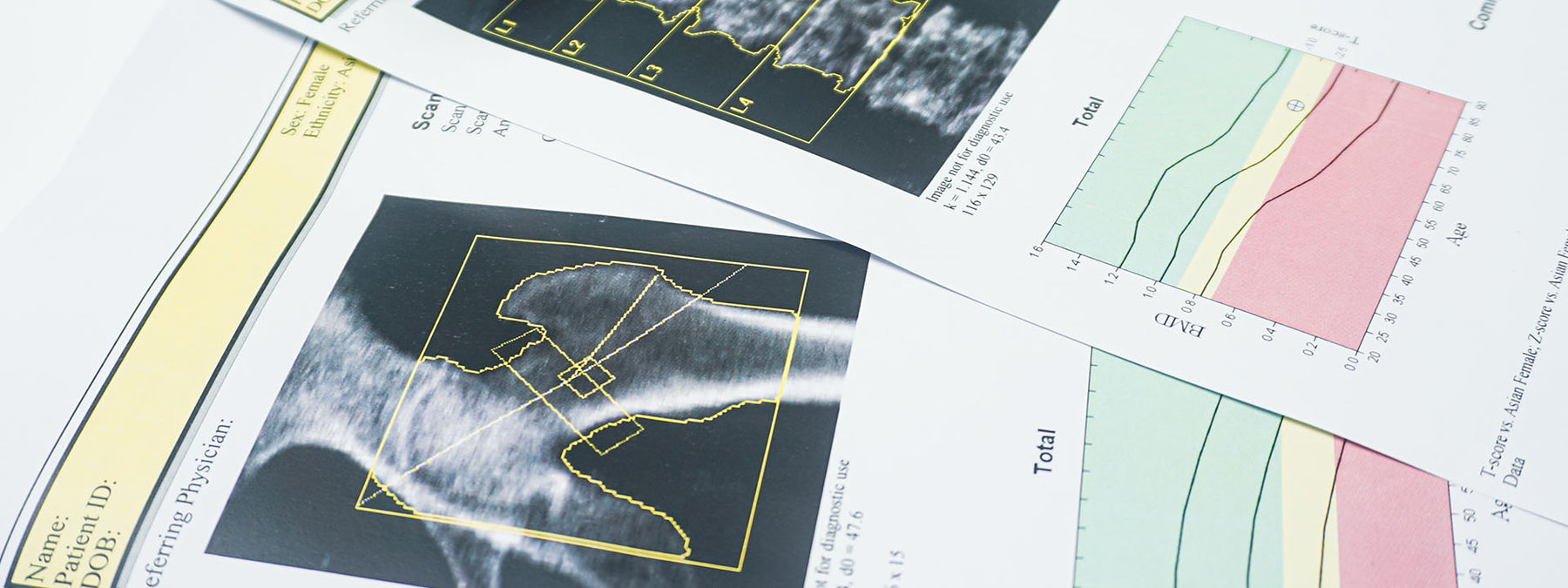
The Link Between Strength Training and Bone Health
You might lift weight to build muscle, but lifting weight also challenges the strength of your bones. In fact, your skeletal health depends on weight-bearing exercise; not nutrition alone. Strength training workouts stimulate bone tissue repair and growth, which helps you preserve bone mass. In this post, you'll learn why weight training strengthens your bones and the best exercises for building bone density.
The Essentials of Bone Health
Your bone mass is the density of minerals in your bones, measured by bone mineral density (BMD). Throughout your life, your bones are always losing minerals and then re-mineralizing in a process called bone turnover. Your bone turnover rate is the speed at which old bone tissue is released and new bone cells are formed to replace them. For a healthy bone turnover rate, you want to prevent bone loss and preserve as much bone as you can.
Why Bone Health Matters At Every Age
While it may not affect your outward appearance, bone strength is a crucial aspect of health and longevity.
Bone is Built When You're Young
The more bone density you build when you're young, the easier it is to maintain when you get older. If you're under 25, resistance training can boost bone density more drastically. After 25, you can't build more than 1 or 2 percent of the bone density you have.
Bone Mass Declines in Middle Age
After the age of 40, adults lose bone mass at an average rate of 1 percent each year. However, strength training helps you preserve bone mass and density by stimulating the growth of bone-forming cells.
Seniors Are At Risk for Osteoporosis
Due to loss in bone density over the years, seniors have an elevated risk for osteoporosis, and the risk is even higher for women. Fifty percent of women over the age of fifty develop osteoporosis at some point, according to The National Osteoporosis Foundation. Osteoporosis, characterized by having brittle, frail, and thinning bones, increases the risk for bone fractures and breakage because.
How Bone Health is Measured
Healthy bones are made of minerals deposited at a high density, and the density is measured at your doctor's office through a bone density test.
A bone density test is typically used to diagnose osteoporosis. Using an X-Ray device that captures greater detail than typical X-Rays, it painlessly measures bone density and reports it as a "T-score." The T-score represents your bone density compared to the healthy average for young adults of your same gender. A T-score of -2.5 and below indicates you may have osteoporosis, whereas above -1 means your bones are in good shape.
The Best Strength Training Exercises to Strengthen Your Bones
Weight-bearing exercises that put more weight on your bones than your everyday activities will help you stimulate bone growth. Regularly incorporate resistance training and high-impact exercises because your bones will thank you for it.
Weight Lifting
According to a study published in Medicine and Science in Sports and Exercise, aerobic and weight-bearing exercises are both linked to better bone health — but weight-bearing exercises increase bone density more effectively. Aerobic exercise without resistance training isn't enough to protect your bones.
Comprehensive weight training workouts stress your skeleton in a way that strengthens your hip bones, spinal cord, and wrist bones. These are all crucial bones to preserve in old age since they're more likely to fracture or break. You can use a range of equipment to add resistance to your workouts, such as dumbbells, kettlebells, barbells, or resistance bands.
Strength training boosts bone density in a spot-specific manner. In other words, if you focus on bicep curls and other arm exercises exclusively, you'll build more bone density in your arms. Thus, to build up more bone density throughout your body, it's important to strength train both the upper body and lower body equally.
Running
High-impact aerobic activities like running, jumping, and aerobic dance help you build bone density because they also put extra weight on your bones. It's your own body weight against gravity, but it results in high levels of impact on your bones. Adding one or two days of high-intensity cardio training into your workout routine each week can help bolster your bone health.
Plyometric Jumps
Plyometric jumps use your own body weight against gravity to build explosive power in your leg muscles. The impact of squat jumps, lunge jumps, and even jumping rope stimulates bone formation in your entire lower body.
Aerobic Dance
Aerobic dance isn't as intense as plyometric jumps, but it can involve some jumping. Zumba, jazz, salsa, and other dance styles can challenge your bones with the impact of fast-moving steps.
Sports
Tennis, volleyball, basketball, and other sports can strengthen your bones. Be sure and wear supportive shoes when playing sports to prevent injuries.
Eating for Bone Health
Nutrients for bone building come from a well-rounded diet that incorporates plenty of protein, as well as all your essential micronutrients.
More specifically, here's what your bones need:
- The minerals calcium and phosphorus are deposited into bones to remineralize them. These are the minerals that make up your bone's density.
- Vitamin D converts to a hormone called calcitriol, which absorbs calcium from the intestinal tract. Without enough vitamin D, your bones can't get the calcium they need from your diet. MTS Nutrition Vega-D3 is a good choice, check it out here.
- Protein builds the matrix of bone tissue that holds bone mineral deposits in place. According to studies on postmenopausal women, who have the highest risk for osteoporosis, higher protein intakes are linked to a lower incidence of hip fracture.

Leave a comment